Ontario Nature Blog
Receive email alerts about breaking conservation
and environmental news.
© Lora Denis
Oak trees in High Park © Felipe Villegas
I’ve always been enchanted by forests: the delicate understory flowers, the smell of decomposing wood, the sound of leaves blowing in the wind—it’s magical! As a child I spent hours running in the woods –naming my favourite trees and befriending squirrels and chipmunks. After studying forest conservation, my passion has become an academic interest.
Here are some of the things I’ve learned about forests, both as a student and as a naturalist:
1. Forests have social networks – All trees depend on fungi, which help their roots absorb nutrients and water. This network of roots and fungi also allows individual trees to communicate with each other, sharing carbon and other resources. Dr. Suzanne Simard, a professor at the University of British Columbia, discovered this communication pathway, likening it to our human social networks. A tree can sense when another is stressed and send it appropriate resources. Older, more experienced trees pass defensive signals on to younger trees. Many biologists now call this communication network the Wood Wide Web.
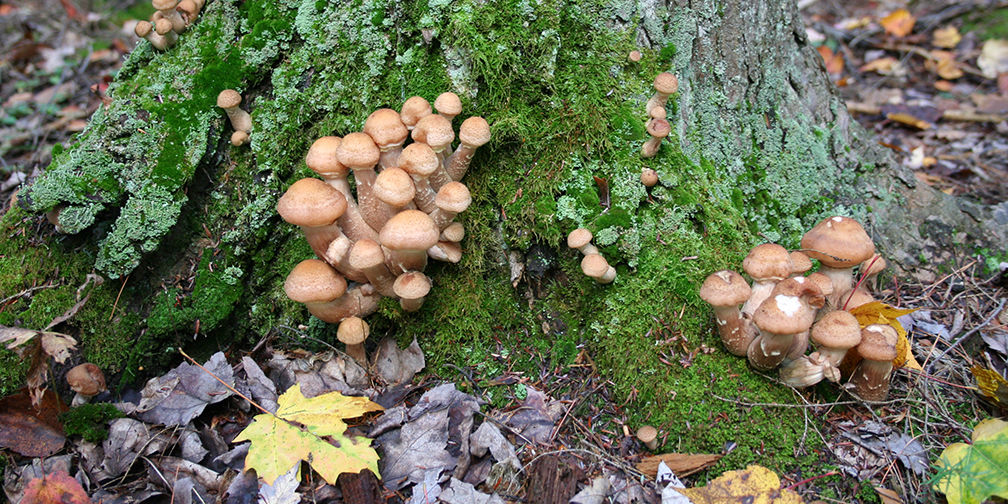
2. Trees are good parents – By looking at the genetic make-up of trees and their communication pathways, Dr. Simard discovered that individual trees can identify their own saplings, and will send those saplings more nutrients. A parent tree will also reduce its root network to help its saplings establish their own roots. This may increase the survival of young trees by four times!
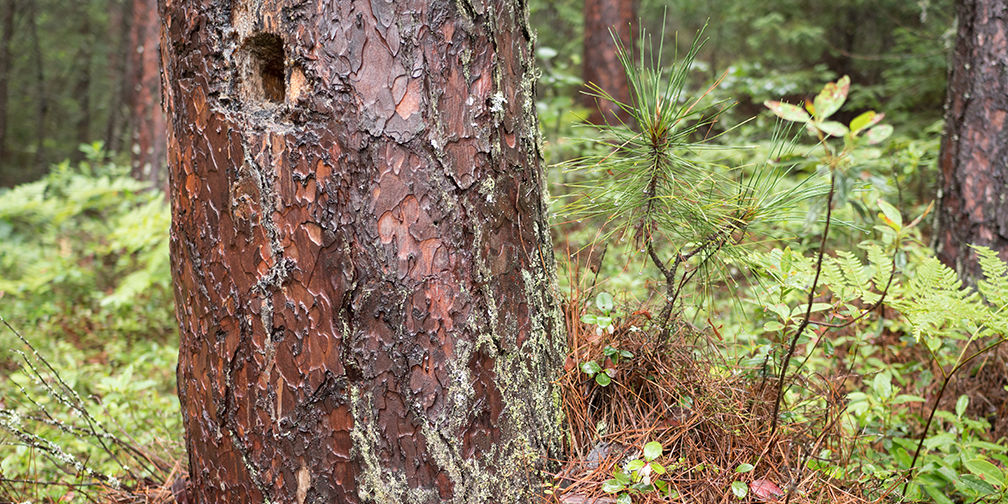
3. Forests keep people healthy – Forest bathing has become an essential part of Japanese preventative medicine. It is wonderfully simple: all you need to do is relax in a natural environment. A growing number of scientific studies supports the idea that exposure to natural environments improves human mental and physical well-being.
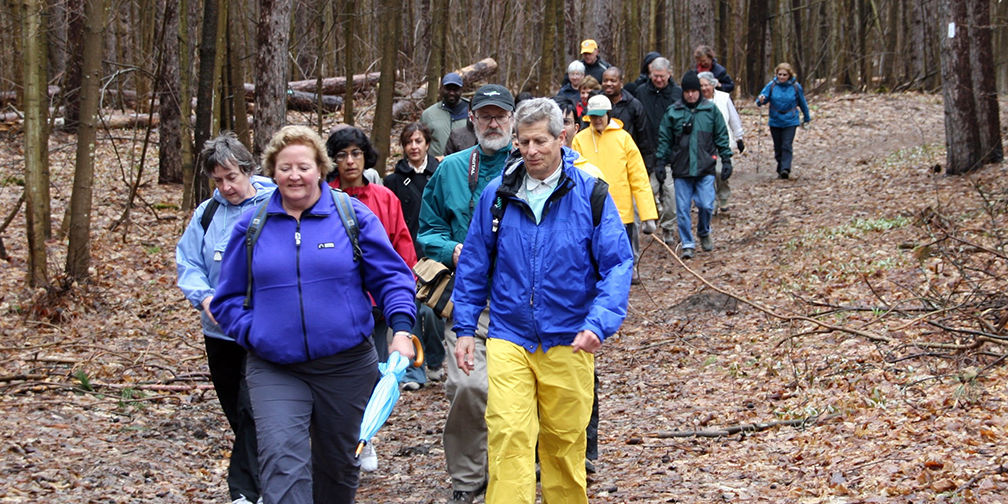
4. Forests keep the planet healthy – Forests play a critical role in maintaining ecosystems. They store carbon, cycle nutrients, purify water and air, and provide wildlife habitat. Trees act as living filters by absorbing pollutants from runoff and preventing them from entering fresh water systems.
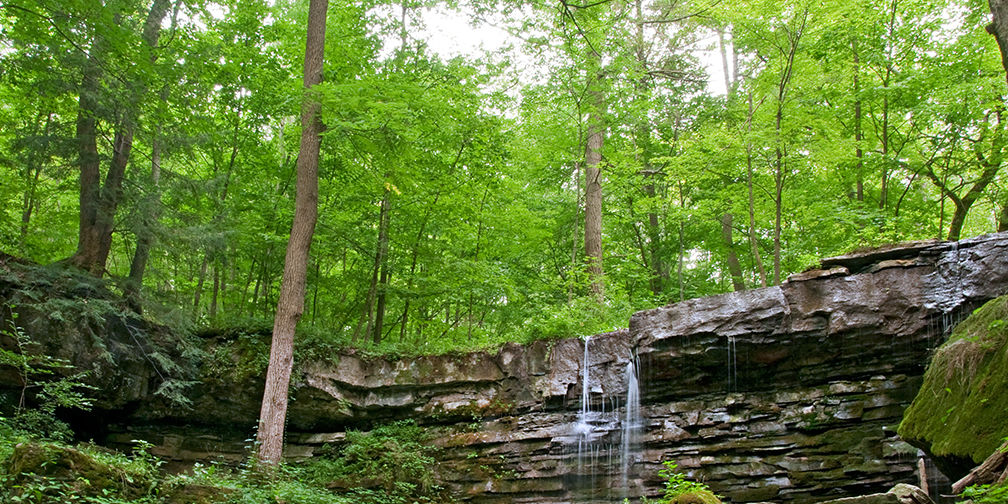
5. Forests support wildlife – Forests provide habitat for many wildlife species. They support both resident and visiting species that may only use the forest during their migration or to complete a part of their life cycle.
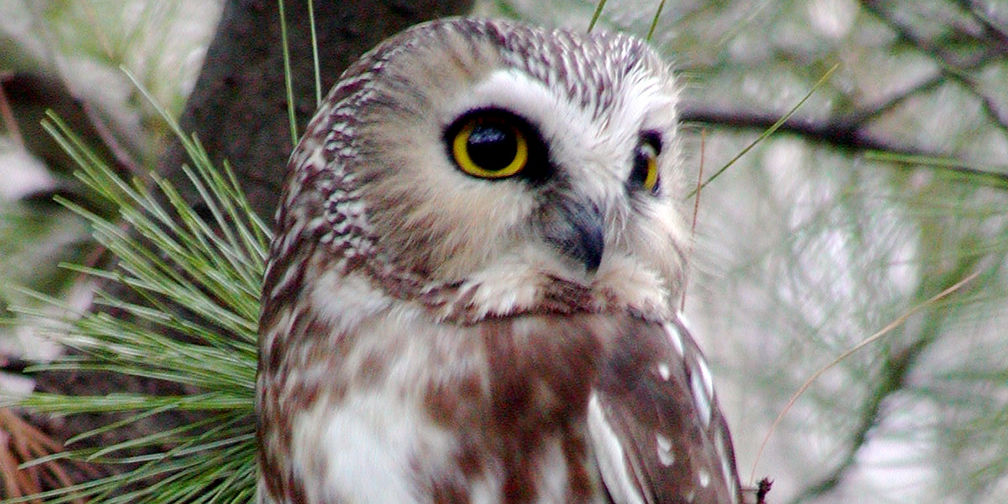

Gananoque Lake Nature Reserve © Smera Sukumar
The book on trees is “The Hidden Life of Trees “by Peter Wohlleben. There is a newer edition with pictures
I would like to know more about the communication between trees.
Thanks for sharing-I am looking for the” Wohleben” book on trees -I have heard it deals with these communication networks in forests
I read your points with interest and concur. I have developed composting equipment for the acceleration of the composting process. Unfortunately yet the large waste handling companies could care less about the environment…basically they are transportation companies. Unfortunately this is all going to come home to roust for future generations. We do not have to be extreme environmentalists we just have to use some common sense.